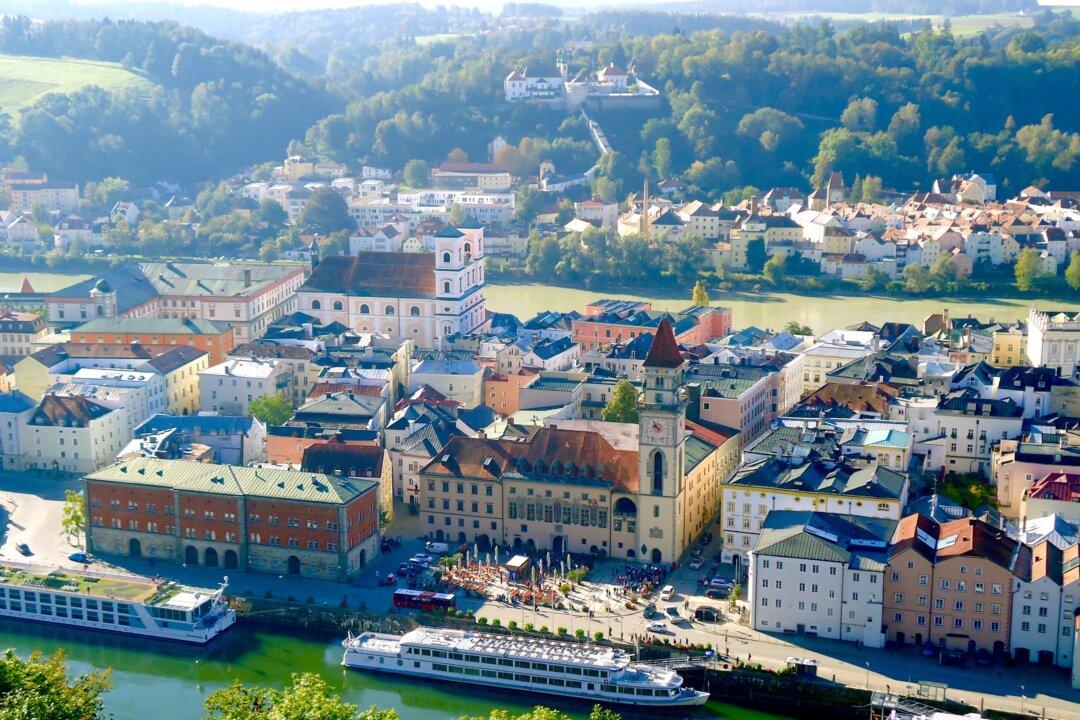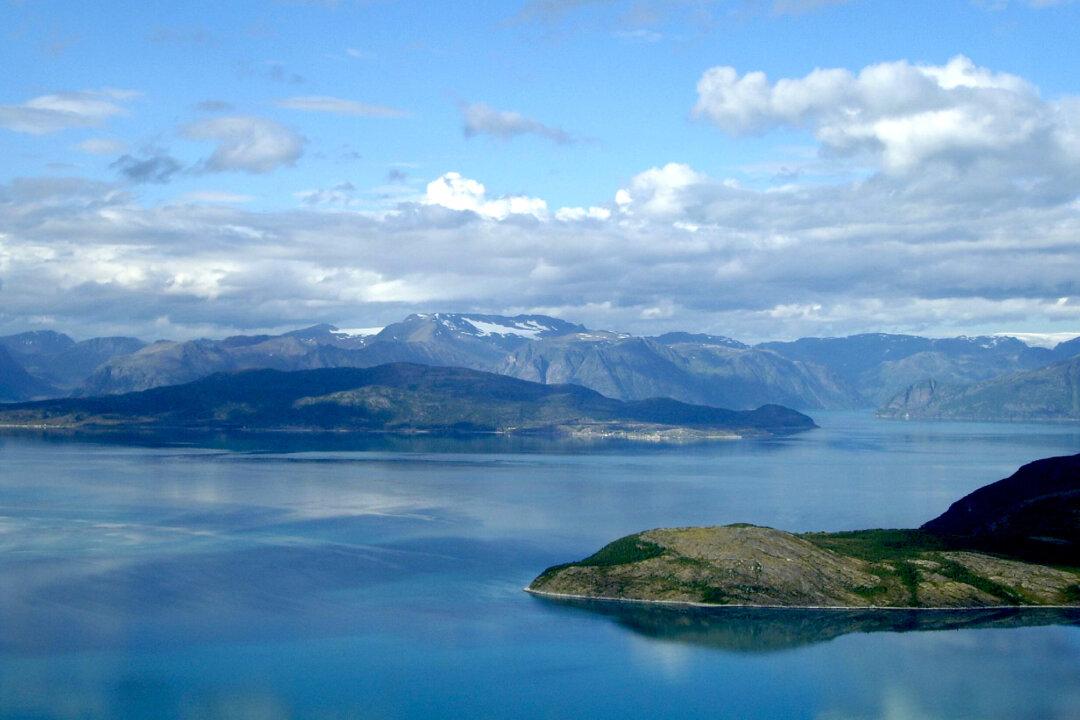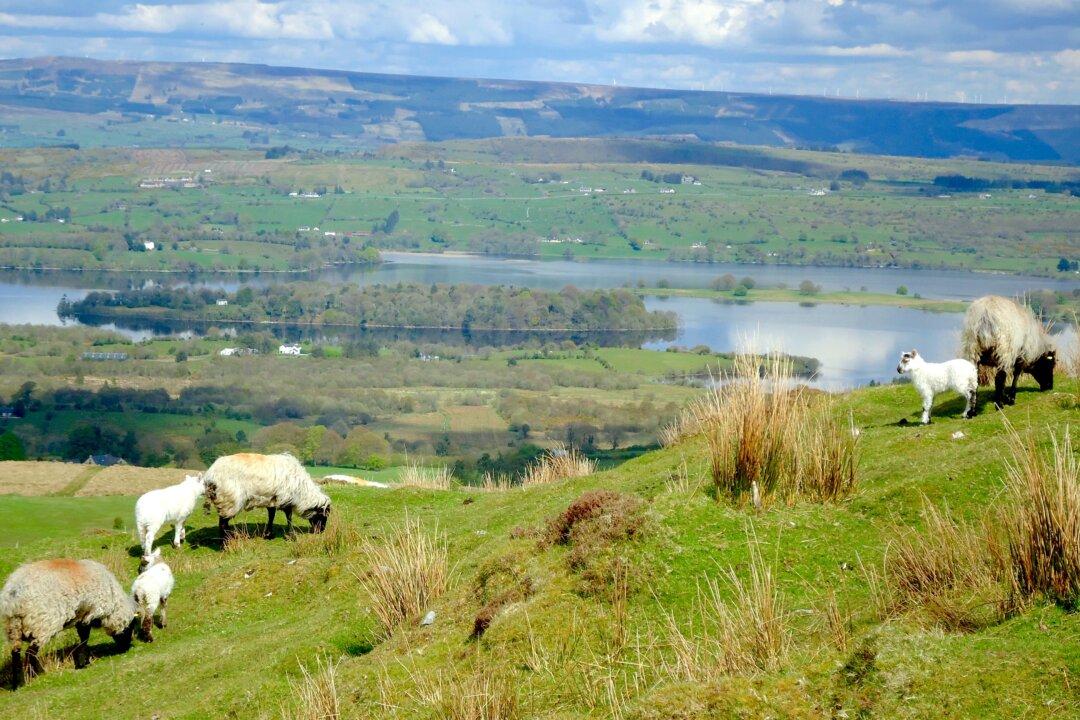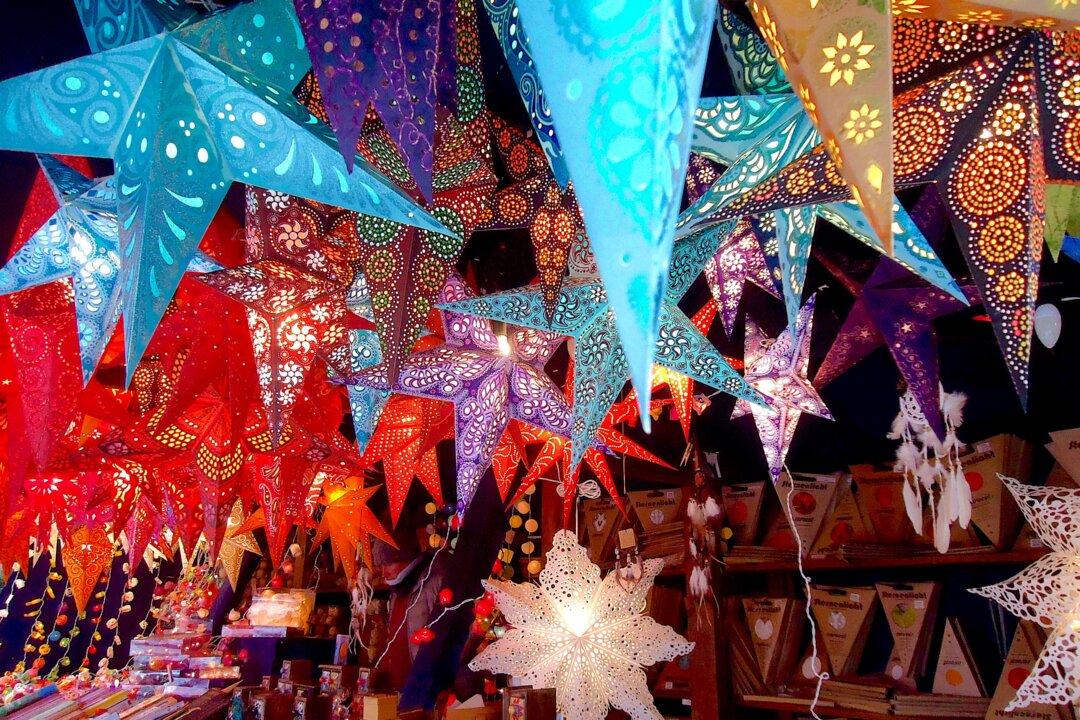At the Mourne Seafood Bar on Bank Street in Belfast, owner Bob McCoubrey waved the food from his kitchen to our table. It was a friendly mix of oysters served Japanese style, hake perched on a cassoulet of white beans and chorizo, rope-raised mussels in a white wine and cream sauce, and a sticky toffee pudding that would make the angels sing.
Food tourism is a new and expanding travel experience worldwide, and in Northern Ireland the food revolution has arrived. Think sustainable sourcing, ethical farming, and a network of growers, producers, and chefs who support each other while blazing new trails in taste experience.
Traditionally when Irish food is mentioned what springs to mind is corned beef and cabbage, and green beer on St. Patrick’s Day. But in the last five years Irish food has undergone a dramatic transformation, and in Northern Ireland you don’t have to look far for Michelin quality food at affordable prices.





